Why you can trust TechRadar
We spend hours testing every product or service we review, so you can be sure you’re buying the best. Find out more about how we test.
Space Designer 3D is one of a growing number of online services aimed at helping you design any building right from a window in your web browser. Let’s see what it has to offer and how it compares to the best interior design software we’ve reviewed.
Space Designer 3D: Pricing & plans
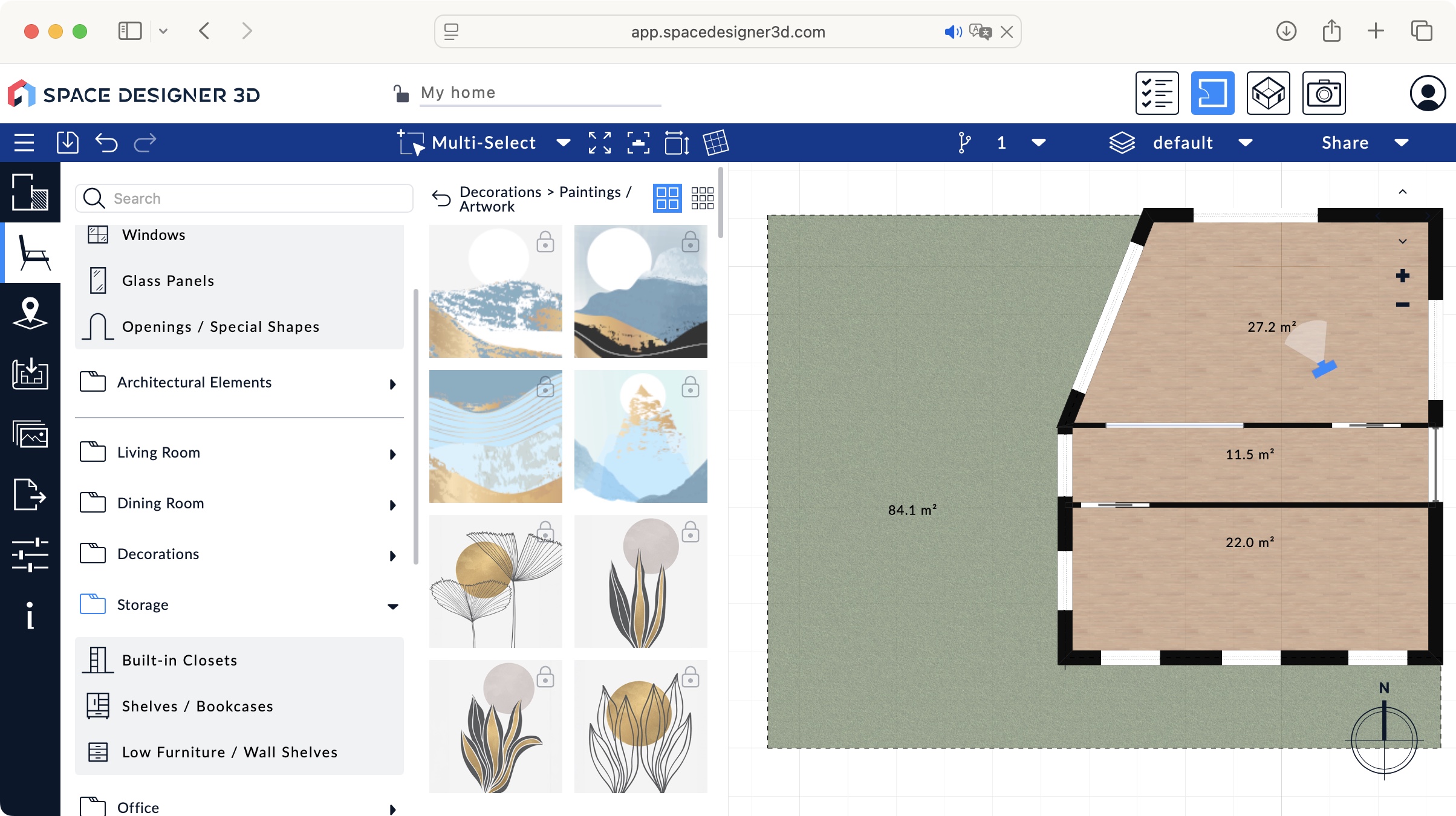
- You don’t have to subscribe to gain access to Space Designer… but it helps. However, they do offer a free tier which can be used to explore how the service works and determine if it’s right for your needs.
Space Design 3D offers 3 distinct plans for individuals, with ‘Starter’ being completely free. You get to work on a single project, have access to a limited catalog (150 objects and 100 materials), are able to export your work in a handful of image formats, and have 10 credits for image renders. It is a very obviously restricted plan, like only being able to create a single level, but this is more than good enough to try the service out before investing any money into yet another subscription.
‘Premium’ will cost you $25 per month. This allows you to work on 25 projects, you get 20 credits per month for renders, access Space Designer’s full catalog (2,500 objects and 300 materials), and can export projects as a PDF.
Then there’s ‘Ultimate’. $45 a month will remove any restrictions on the number of projects you can work on, have access to the ‘Pro Catalog’ (4,500 objects and 1,500 materials), import GLTF, OBJ, FBX files, export as a DXF (a vector-based file format used for sharing 2D and 3D projects between different Computer-Aided Design software), and have 40 credits per month.
There’s also a ‘Pro’ section, designed for people working in teams or businesses, and comes with user account options, and collaborative tools. The cheapest one is ‘Team’, for $75 a month. The other two tiers, ‘Business’ and ‘Enterprise’, offer more bespoke plans and as such the price will also be bespoke.
As always, the more you pay, the more you get, but at least, ‘Starter’ is there to make sure you have a chance to try before forking out some of your hard earned money on a monthly basis.
You can check out Space Designer 3D by clicking here.
Space Designer 3D: Interface

- A simple to use interface, with great responsiveness when working on your project. It works incredibly well, marred by severe object selection limitations if you’re on the ‘Starter’ plan.
Once you’ve created a new project, you’ll be graced with a clean and simple interface: all the tools you need are in a sidebar to the right. If you’ve worked with any other online home design service, it won’t take you long to understand this one. In fact, even with very minimal experience, you should be able to quickly start building your project, as the software is very responsive and is even designed to make it as easy for you to build a structure. It understands where walls meet, and fills in the gaps, as it were, to make sure walls that are close enough to meet but aren’t, join properly, for instance.
The entire process is simple to understand: scroll through the various categories, select the tool you require, then click on your canvas to add it – if you’re building a wall, clicking a second time elsewhere will create a wall between those two clicks.
If you need to resize a wall, window or door, click on the object and drag one of its handles. To reposition it, click on it to select it, and then drag it to its new location. It’s incredibly simple and very responsive.
Exploring the Starter tier however, you’ll instantly notice its limitations: you can only choose a couple of window designs out of nearly two dozen, or a couple of single doors, one double door, one sliding door, you get the picture. It’s enough to enable you to design something, especially since you can resize these objects anyway, while making you long for the versatility offered to paying customers.
Space Designer 3D: Decorations
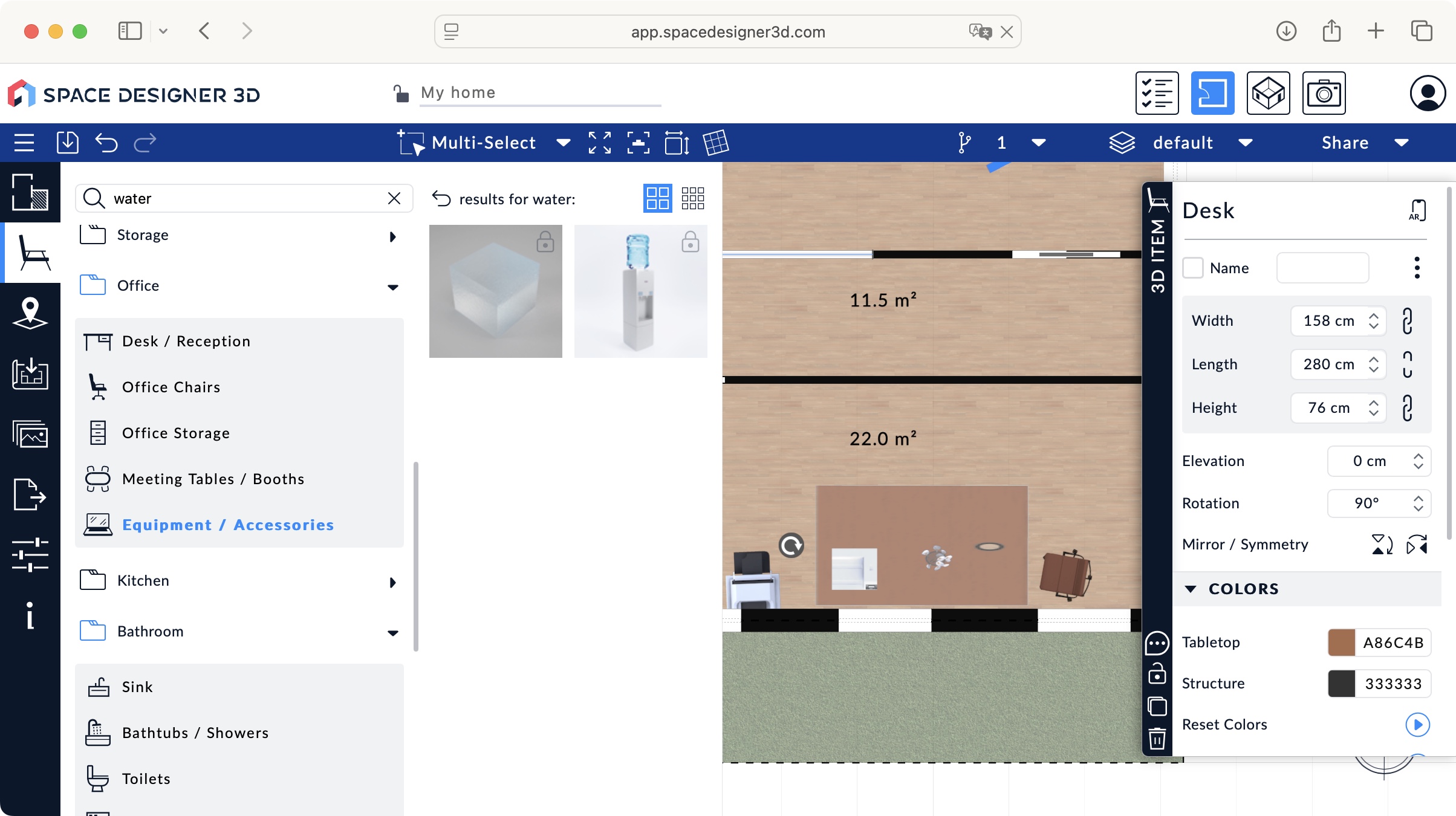
- Space Designer 3D has a wealth of objects to choose from to decorate your project, and the fact you can alter their dimensions and colour, greatly enhances the service’s versatility.
Building a structure, no matter how easy your chosen service makes it, is one thing, but adding furniture is what brings a concept to life.
These objects are broken down by where they’re destined to go, such as ‘Living Room’, ‘Office’ or ‘Kitchen’, and by what they are, like ‘Plants and Trees’, ‘Lighting Fixtures’ or ‘Technical Systems’. Thankfully if you’re struggling to find what you’re looking for, there’s a handy search field at the top of the sidebar.
Once again though, you’ll come across severe limitations as to what you can choose in the ‘Starter’ plan, but just as for the windows and doors, you can resize any item to suit your needs, although this time, this has to be done through the Inspector panel that appears to the right of the interface when you select an object. By default, an item’s width, length and height are linked, meaning you alter one, and all the others will change to reflect the new size, preserving its aspect ratio.
But severing that link is just a click away, enabling you to customise the size of any item you add to your project. This is also where you can alter an item’s colour, or even change its elevation. You’ll find that some items automatically know when they should be put on a raised surface like a table, but others aren’t so accommodating, although who would display a chair on top of a table anyway? With the ‘elevation’ parameter, you can do exactly that.
Space Designer 3D: Working Environment
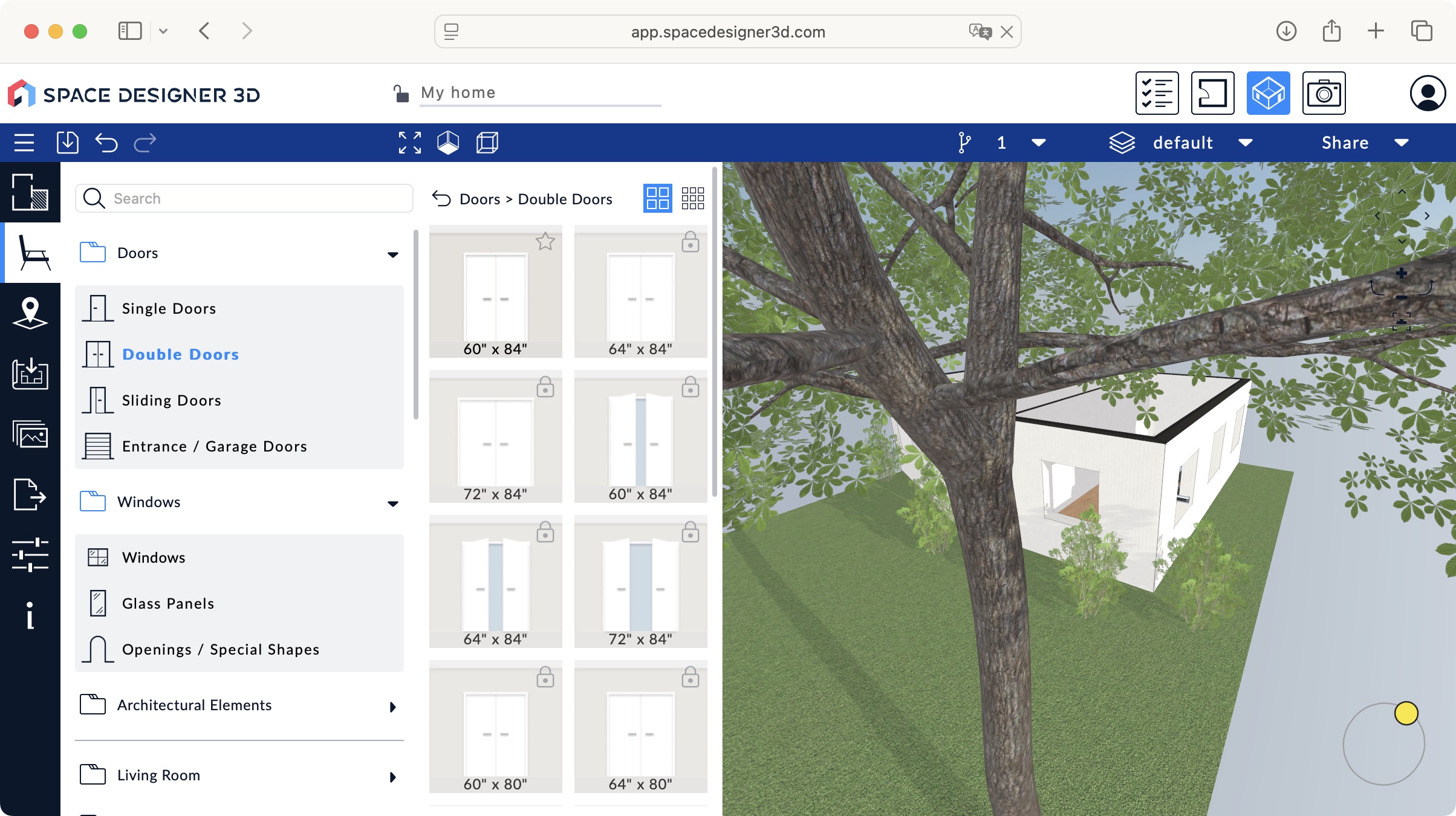
- Three views to choose from, with 2D giving you the most tools to work with, but you can still decorate your rooms in 3D Model; 3D Immersive is simply there to walk around and observe.
By default your work environment is a top-down 2D space, which makes it very easy to construct a project, as it’s similar to what you would do when designing with a pen and paper. You’re able to customise and decorate your building as you’d expect, but to get that immersive feeling only computers can offer, you need to switch to a 3D view.
You’ve got two options: ‘3D Model View’, and ‘3D Immersive View’. The former lets you see your project from different angles and elevations, and still allows you to work on your design, like adding furniture, windows or doors (walls are reserved for the 2D view). The latter however is more of an exploration of your design, giving you the illusion of walking through your project and seeing it as if you were actually there. You can’t edit what you see: you’re unable to select any objects, and any attempt to add anything new will throw you back to the traditional 2D view. No matter which view was selected, we were impressed by how fluid the interface was, and didn’t experience any lag no matter how fast we travelled around the project.
Space Designer 3D: Sharing
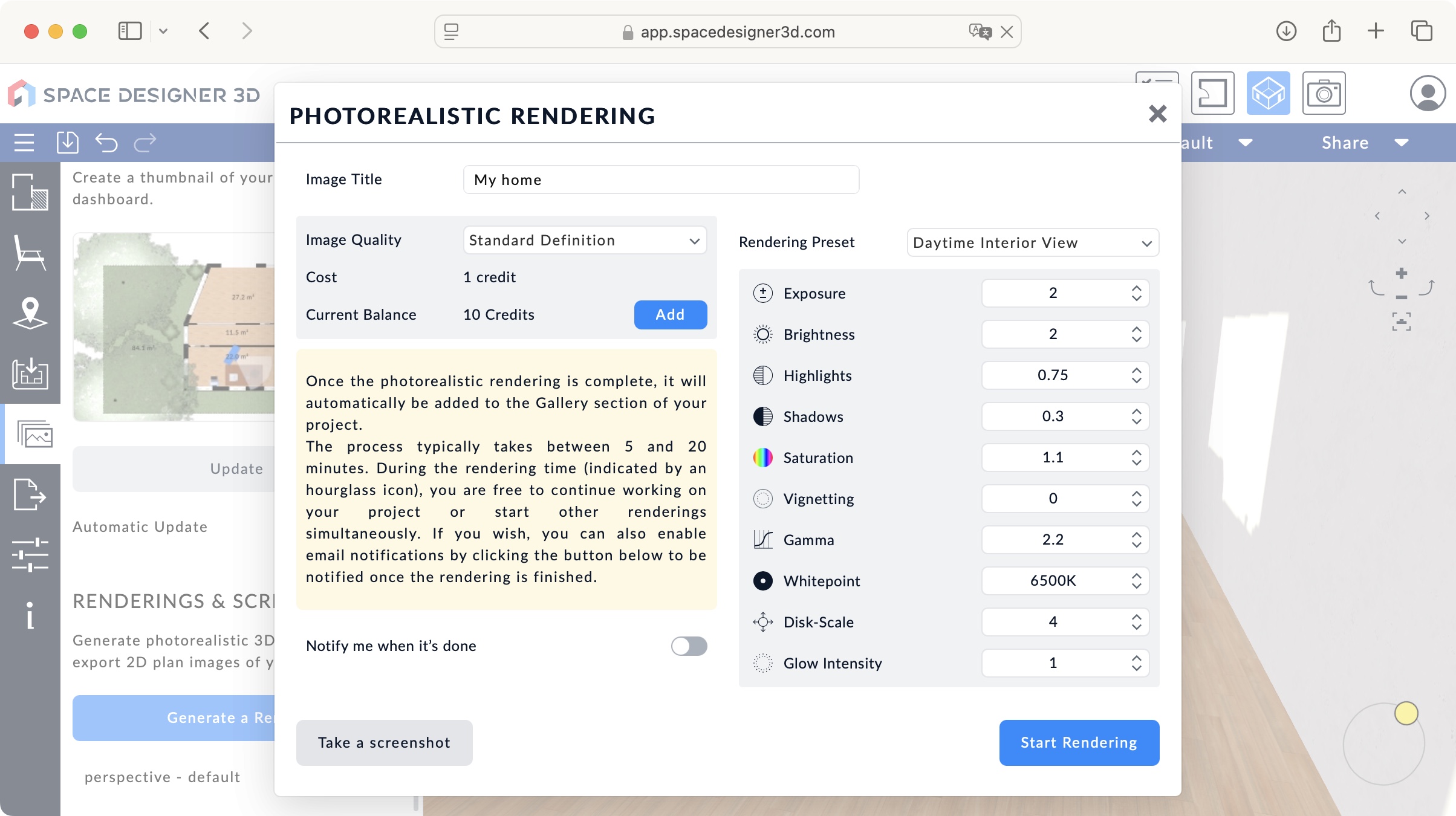
- You have a couple of direct links to social media, can copy your project’s URL, and set up renders of set views. A good number of options.
When it comes to sharing your design, most of the process is done via the ‘Share’ menu, top right of the interface. You have direct links to Facebook and Twitter, an email option, or the ability to simply copy your project’s URL to add to any other document or social media platform.
You can also create digital renders of your work through the Renderings and Screenshots feature (one of the tools in the left sidebar). The more expensive monthly subscriptions also allow you to collaborate with others.
All in all, Space Designer 3D is an excellent online service which is so well integrated inside your favourite browser, you’ll forget you’re not running this on a dedicated app. It is smooth and responsive, and helps you work quickly and easily to create a project with ease. Definitely worth looking into.
Should I buy Space Designer 3D?
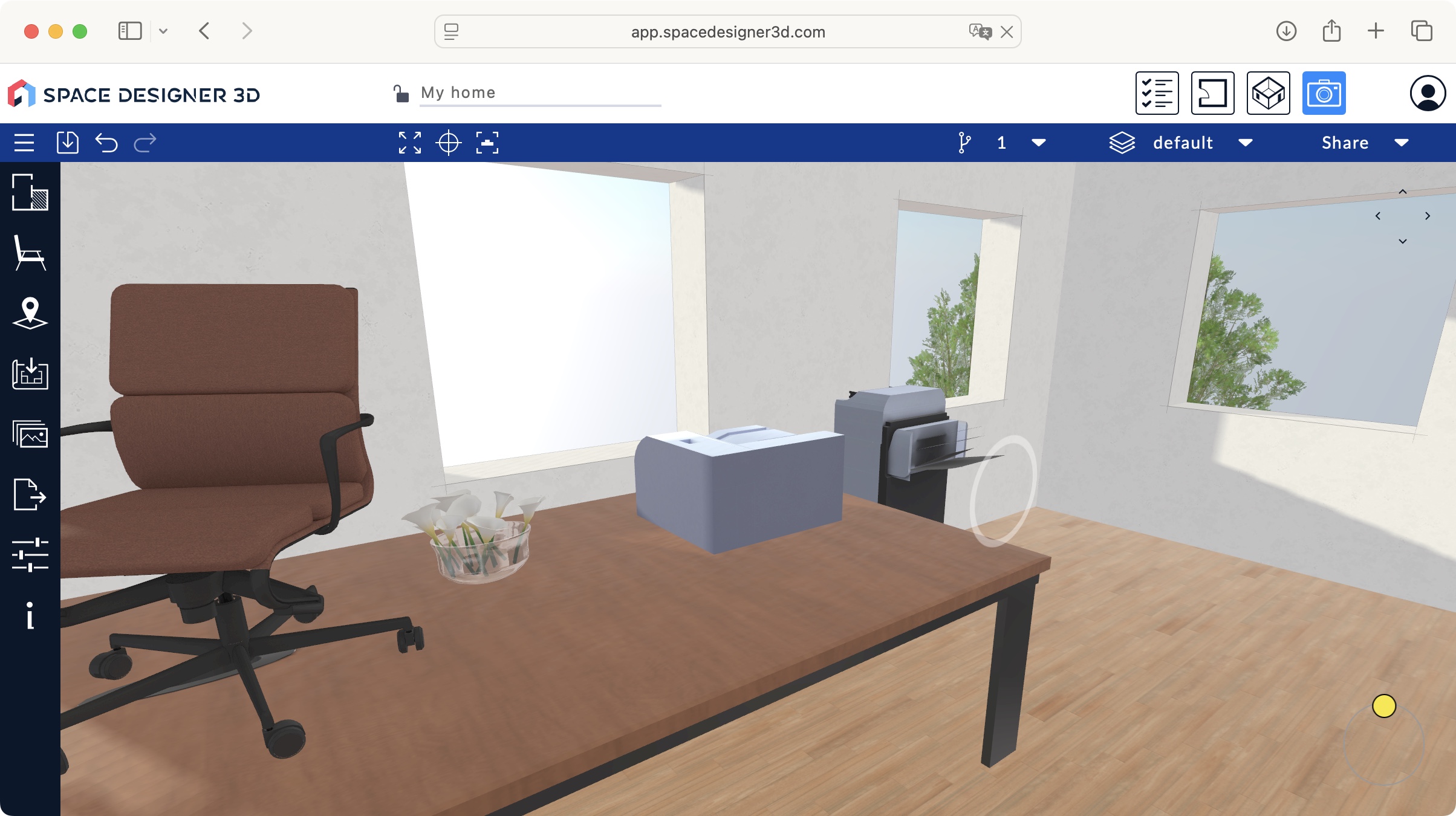
We’ve also tested out the best landscape design software and the best architecture software.







Leave a Comment
Your email address will not be published. Required fields are marked *